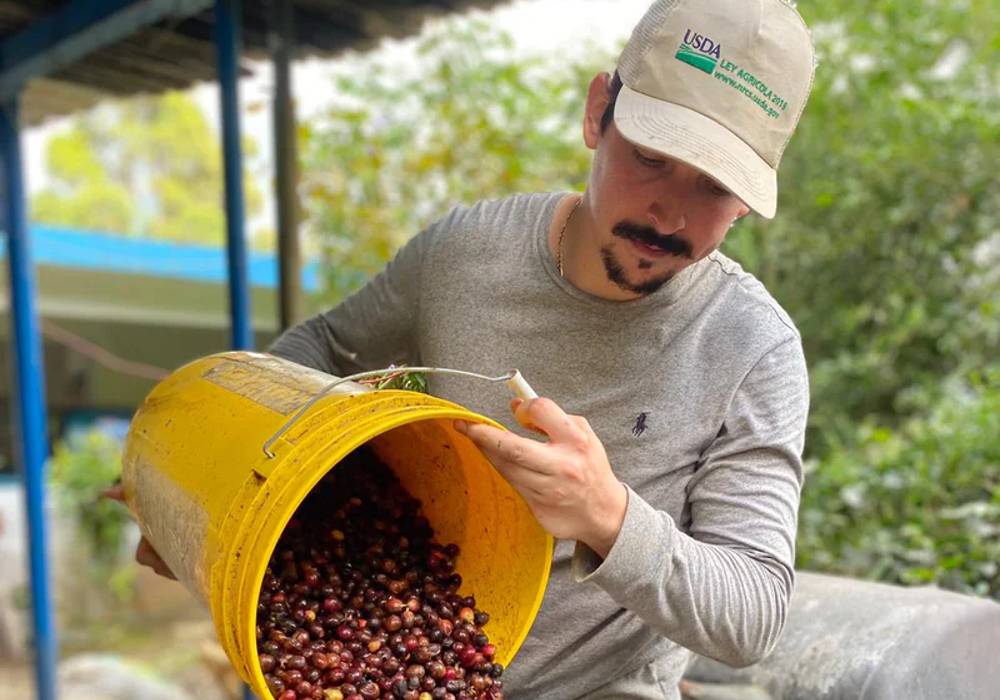For some reason some time ago in Puerto Rico, the consumer began to see the term blend as something bad. The main reason has been due to the misinformation that exists about the Coffee Industry in general and also because in Puerto Rico, for better or for worse, some roasters have adapted the method of mixing imported beans with local ones and for some reason it began to be seen as a bad thing because it is not 100% Puerto Rican Coffee.
Although I’ am a faithful believer in the quality of Puerto Rican coffee and I prefer to try single origins, it is not a sin to make blends with coffees from other parts of the world or blends with beans from different regions of the same country. In fact this is a practice that has been done over the years in coffee, wine, beer, whiskey etc. for various reasons that you will learn below.
Flavor:
Every good coffee lover is always going to look for a memorable cup of coffee. That coffee that wakes you up but above all gives you pleasure due to the explosion of flavors that only a good coffee can give you. To execute this, coffee professionals, in this case I mean roasters, tirelessly search for the best beans in order to achieve those flavors that delight their customers.
In order for a roaster to achieve consistency in flavor or take their coffee roast to another level, they often have to create the famous blends. Each variety of coffee has its particularities, not all varieties will give you a sweet cup, good body or the juiciness that acidity gives you. When the roaster realizes this, he begins to look for other varieties that can enhance the attributes that a coffee lacks and creates a blend.
Example of a blend:
Guatemalan coffee: Little aroma, fruity notes and relatively high acidity.
Puerto Rican coffee: Good aroma, low acidity, notes of dark chocolate and dried fruit.
If the roaster makes a 50/50 blend, it will improve the cup because it has combined two beans that complement each other. The idea of the blend is to select two varieties that depending on their tasting attributes, can complement each other to achieve the best possible cup.
Possible result of a Guatemala and Puerto Rico blend: Medium acidity, good aroma, sweet with notes of chocolate, tangerine, caramel and nuts.
Costs
Coffee costs varies, either by market price, since it is a commodity, or by the sale price established by a coffee farmer. In order to control its costs and sales price, the roaster creates a blend.
Example:
An average green coffee from Puerto Rico is $10 a pound vs. a coffee from Guatemala can be approximately $3.50 a pound. In this case, the roaster can mitigate costs by making a blend of coffee from Guatemala and Puerto Rico, taking into account the cup attributes that will come from this blend.
Blends can be made both from regions of the same country and with coffees from other countries. In Cuela for the first time we present to you a blend from three different regions of Puerto Rico. Lares, Adjuntas and Ponce. This blend was created by the roaster Manuel Cruzado of Pasiones Coffee Roaster and in the cup you will find a sweet coffee, with nutty notes and slight hints of chocolate in the aftertaste.

Well guys, now you know when you see the word blend on a package, don't be scared. It is made with the intention of improving the cup of coffee that you are going to drink. Cheers!
We invite you to try Spring Blend from Pasiones Coffee Roasters, access now: Spring Blend Pasiones Coffee Roasters




1 comment
Víctor Rafael Mesa Matos
Me gustaría saber el costo de una batea típica en tamaño vieja de más de 30 años en Puerto Rico?
Víctor Mesa (787) 370-4377
vmesagro@hotmail.com
Me gustaría saber el costo de una batea típica en tamaño vieja de más de 30 años en Puerto Rico?
Víctor Mesa (787) 370-4377
vmesagro@hotmail.com